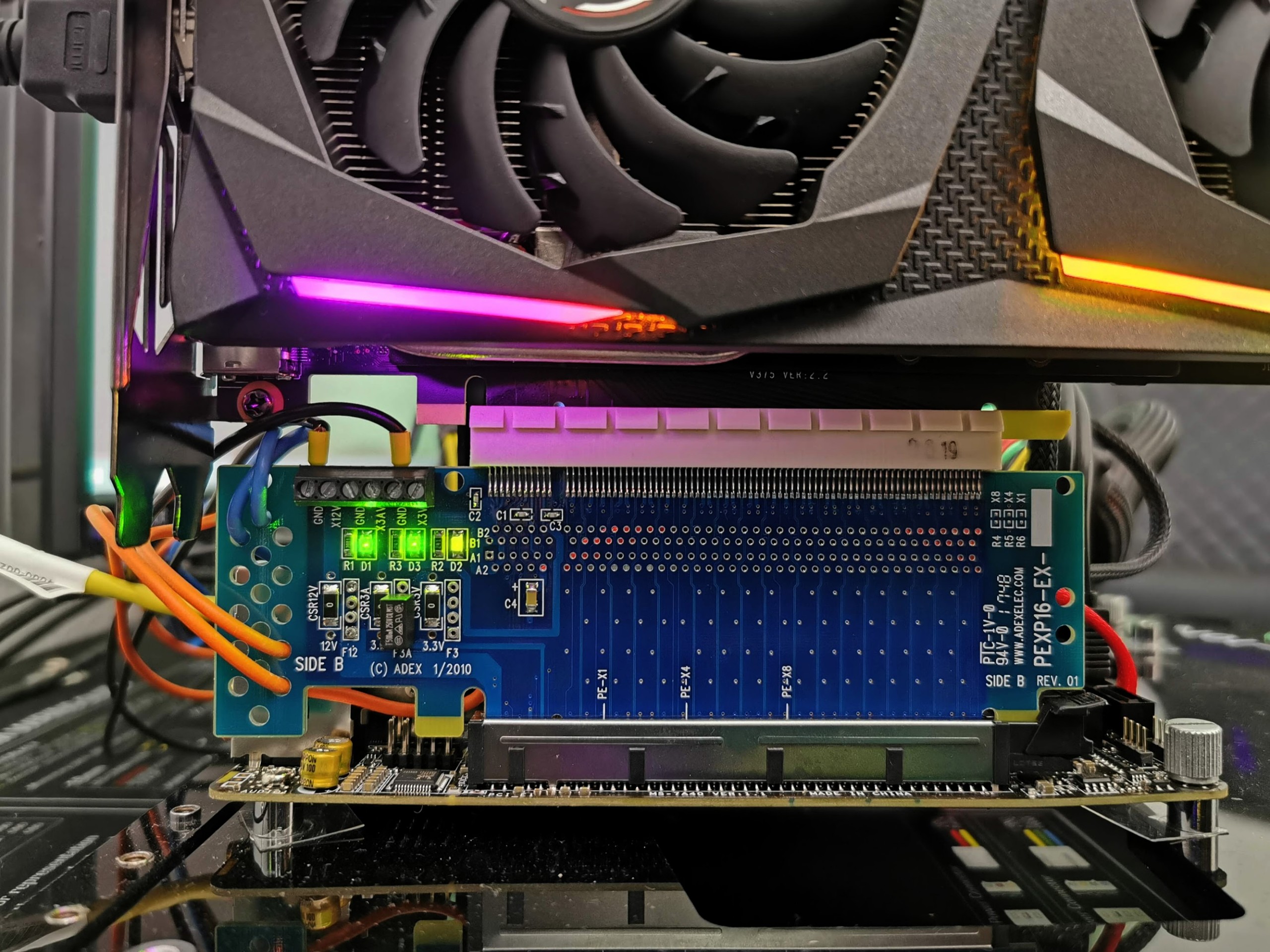Originally posted by Dukenukemx
View Post
I was able to play Starcraft 2 at 60 fps using it!
 I have an old Mac Mini lying around with the same GPU in it. Apple has stopped supporting it since quite a few macOS releases ago, but It still runs Linux like charm.
I have an old Mac Mini lying around with the same GPU in it. Apple has stopped supporting it since quite a few macOS releases ago, but It still runs Linux like charm.


Comment